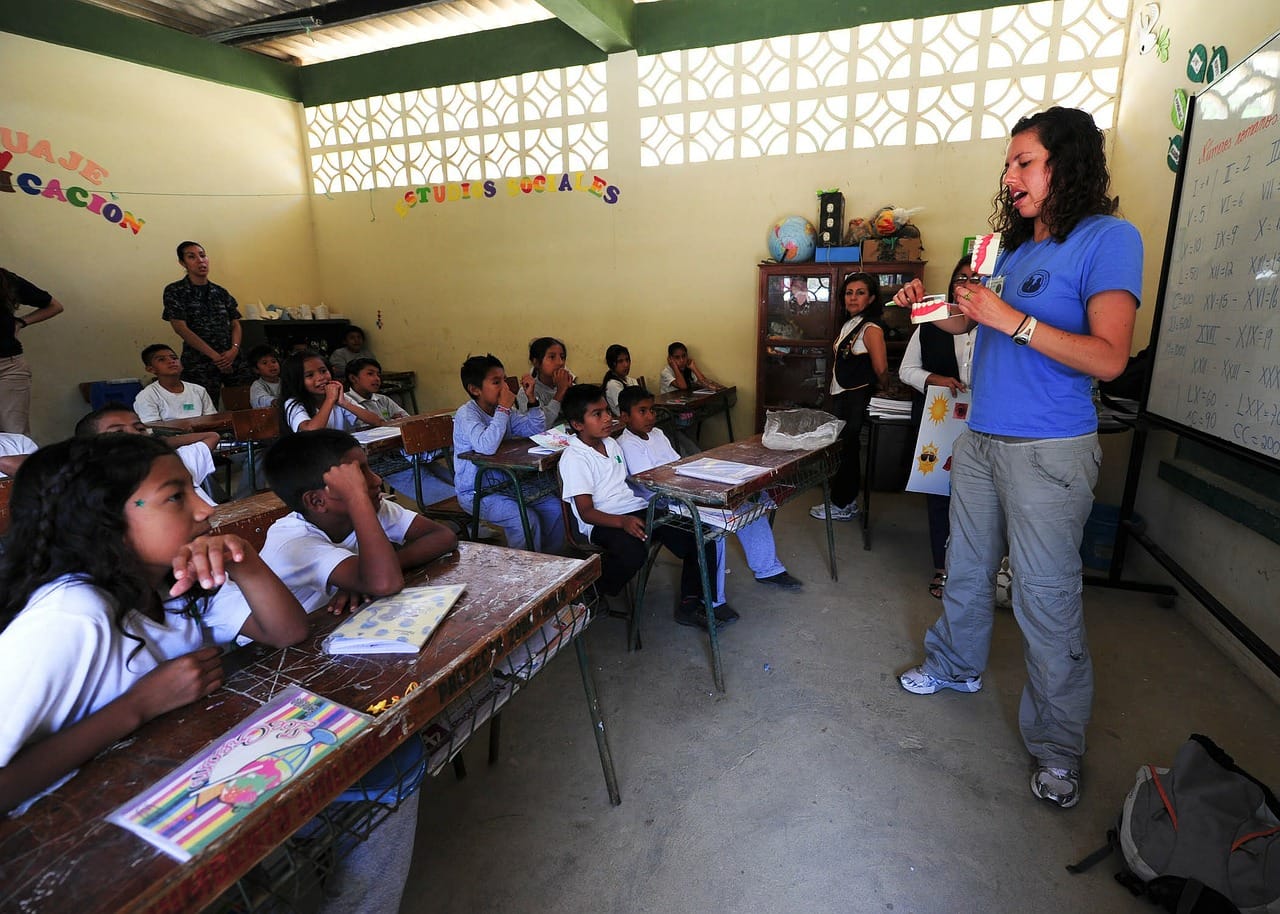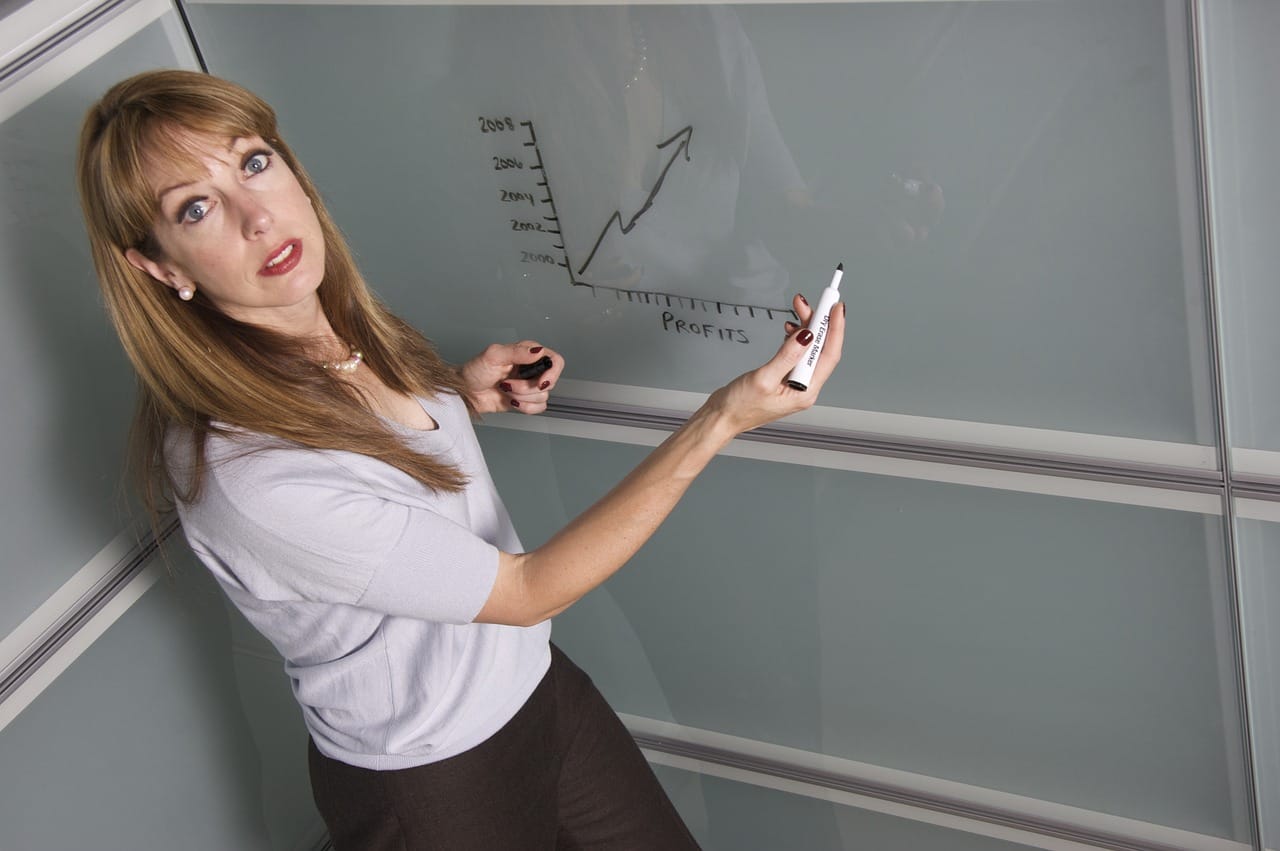
It comes as no surprise that 3D printing technology has improved rapidly in the past few years: the quality of the printing has gotten far better and the range of materials is greater.
With 3D printing users transition from passive consumers to active creators. They aren’t simply printing something, they’re building it. One area of application that can be the perfect fit for such a technology is education. By incorporating 3D printing into the classroom, educational institutions can put an innovative new twist on traditional learning, giving their students more learning opportunities.
Interactive Learning
This certainly isn’t the first time that technology has replaced classic tools and methods in the classroom. Improvements have been going on for decades, with technology increasing the reliance on interactive learning, and turning the real world into a learning environment. With the way 3D printing connects the real and the virtual worlds together, it serves as the ultimate interactive-learning tool. Here are five ways 3D printers can better facilitate interactive learning:
1. Improving Learning Experience
Many young students are naturally curious, and this allows them to learn new concepts quickly and easily. With 3D printing, students can satisfy their curiosity and learn even faster.
For example, students in a biology class could print 3D models of human organs, or those studying history could print replicas of ancient artifacts. Instead of just seeing these things on the page of a book, students can view them from all angles, and reach out and touch them. By bringing their tactile senses into the equation, they can develop a better understanding of what they’re learning about.
2. Understanding Abstract Notions
3D printers work well for interactive class activities, because students can help create tangible mini-models using Computer-Aided Design (CAD) and other types of software. They’ll then be able to see the tangible results of what they have created, and this is also true for abstract notions.
For example, 3D printed models are a great way for students to better understand mathematical concepts. At the MIND Research Institute’s Math Fair, 3D printing helped children learn about the “b” co-efficient in quadratic equations and the effect it has on the shape of a parabola.
3. Exploring Non-Linear Learning Contexts
Everybody thinks in a linear fashion, as this is the only way you can keep control of your thoughts. But learning isn’t linear – it can occur randomly, and there are different factors that motivate it.
Students learn best when their attention is motivated by a need and they feel an innate desire to master the concept at hand. From there, they need to use trial and error for the best learning results.
What 3D printing does is change the learning context from linear to the non-linear. It presents students with real-world problems in a safe environment, and they don’t need any prior knowledge or skill to take on those problems.

4. Engaging Teachers
When the teacher is just writing on a chalkboard or reading something from a book, students are prone to ignoring them. With tools such as 3D printers, however, teachers become instructors who aren’t just explaining concepts, but are providing students with real-world and virtual learning experiences. Instead of just giving students solutions, they teach those students how they can learn and find the solutions themselves.
There are various resources available for teachers and students to download, scan, or mask models. Choosing the right types of software can provide students with the best possible support: the one that fits their specific ways of thinking.
5. Creating an Appealing Curriculum
It’s obvious that students learn much more when they’re engaged with what they’re learning, but traditional educational tools and approaches often aren’t effective in stimulating engagement. That doesn’t mean they need to be discarded, but they do need to be combined with new tools so they provide better results.
Teachers have seen the benefits of integrating advanced technology into education – it improves the experience for both students and teachers, leading to better, more efficient learning. 3D printing is one such ed-tech tool that allows teachers to make the curriculum more appealing.
Teachers can set up real-world problems in a controllable space, so students are able to analyze the problem from all angles and discover their own solutions. This gives students the opportunity to apply the knowledge they already have and build on it.
A Good Idea
Considering 3D technology in education is relatively new, it’s no surprise that many schools are still in the early stages of adopting it. As the technology continues to develop, it will become more affordable and available, allowing more schools to incorporate it into their classrooms.
The many useful features of 3D printing are making it part of an education revolution, and it represents an exciting next step that can provide better learning results.

